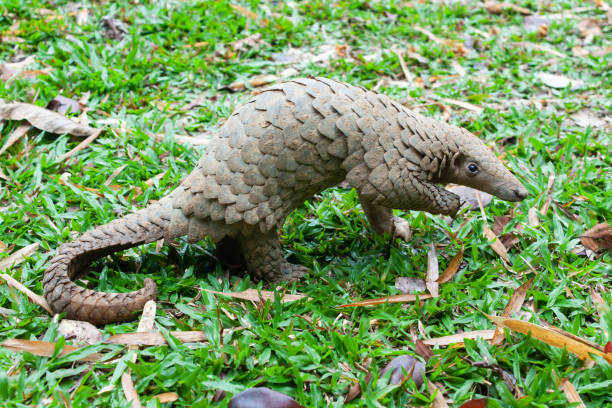A Step-by-Step Guide: How to Develop Effective Time Management Skills

Time management is a crucial skill that can significantly impact your personal and professional life. It helps you make the most of your day, reduce stress, and increase productivity. In this blog post, we'll explore a comprehensive guide on how to develop effective time management skills that can benefit anyone, from students to professionals. Step 1: Set Clear Goals The first step to effective time management is setting clear and achievable goals. Ask yourself: What do you want to accomplish? These goals will serve as the foundation for your time management plan. Make sure your goals are specific, measurable, and time-bound (SMART). Step 2: Prioritize Tasks Not all tasks are created equal. It's essential to differentiate between urgent and important tasks. Use techniques like the Eisenhower Matrix to categorize tasks into four quadrants: urgent and important, important but not urgent, urgent but not important, and neither urgent nor important. Focus on tasks in the first tw...


